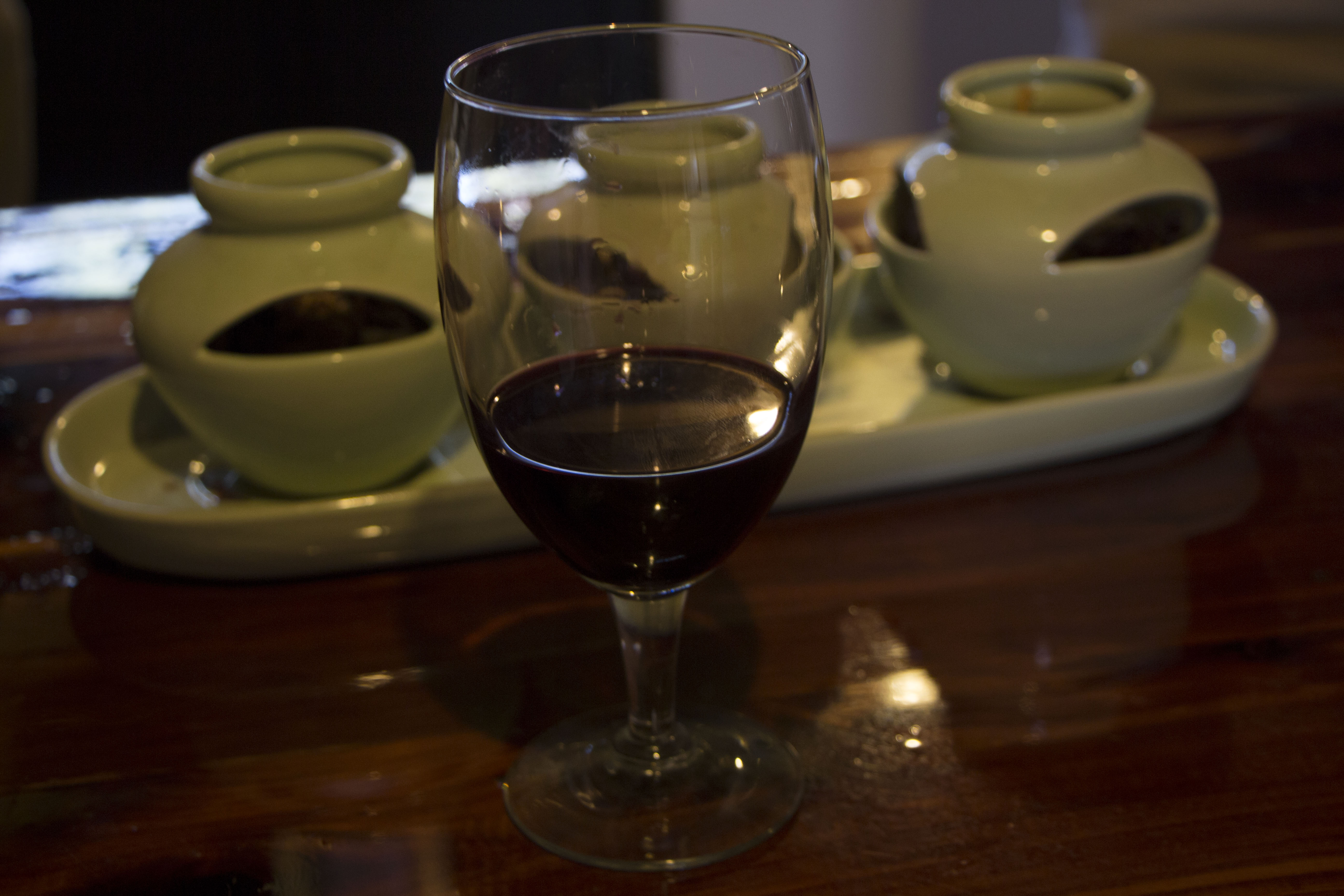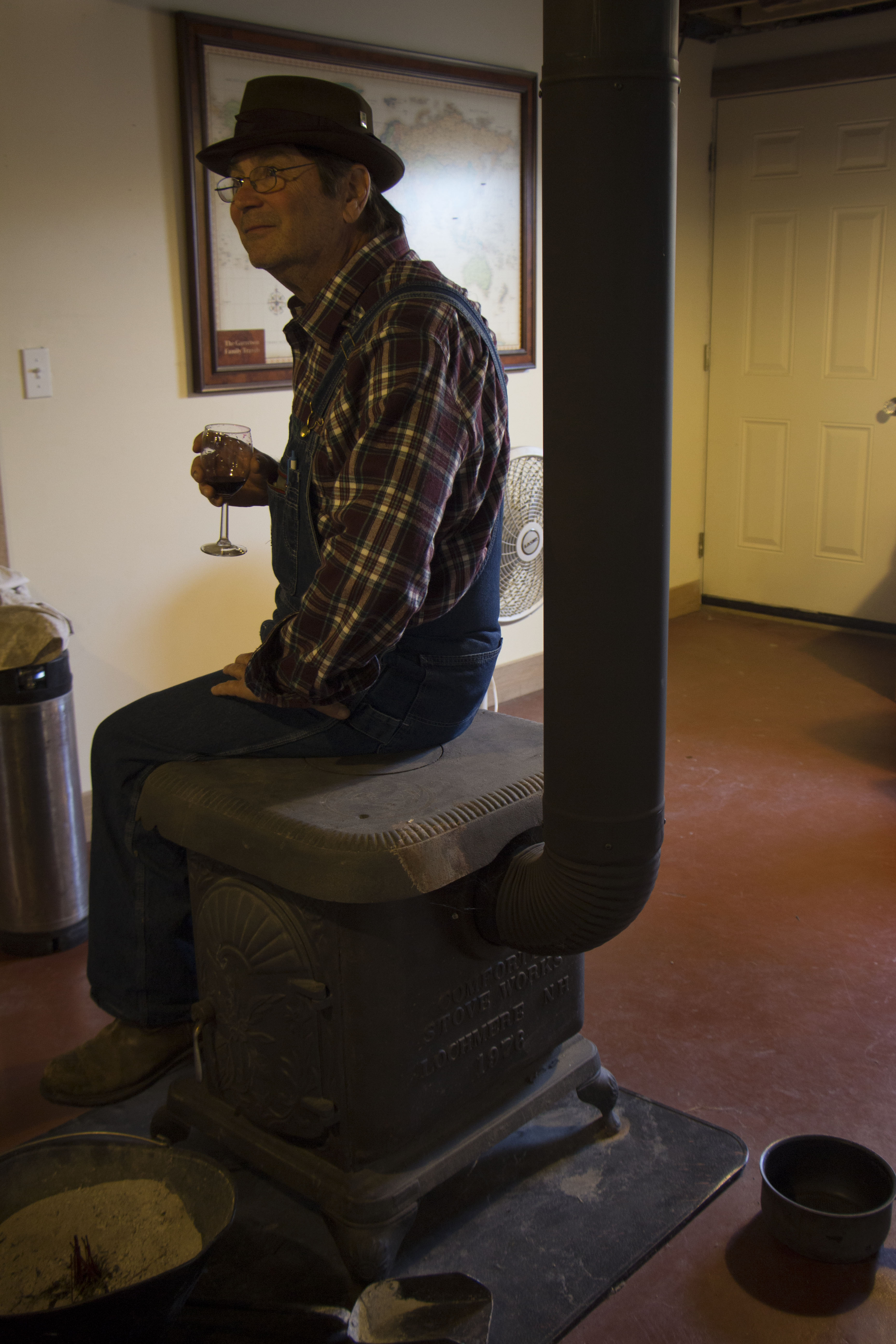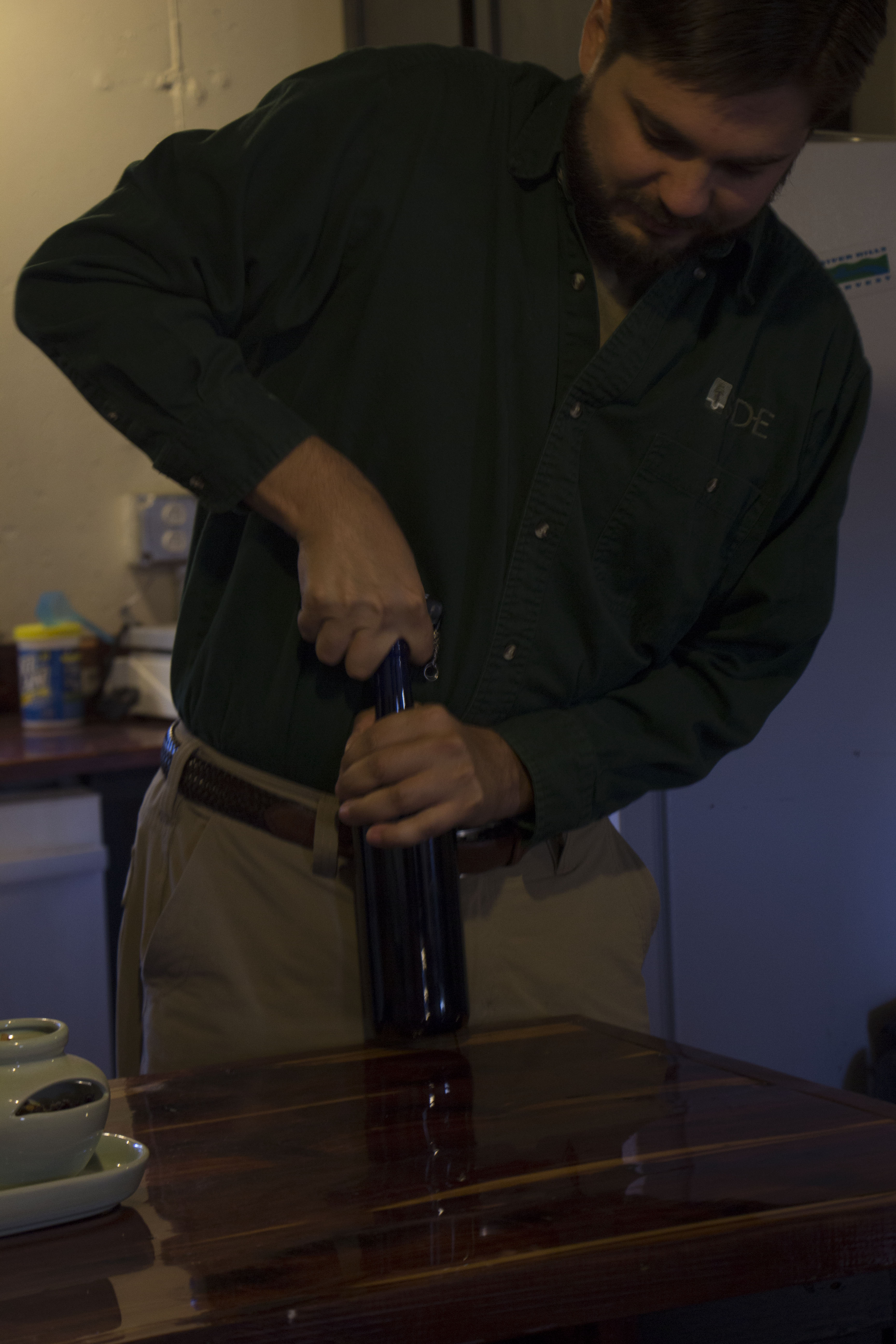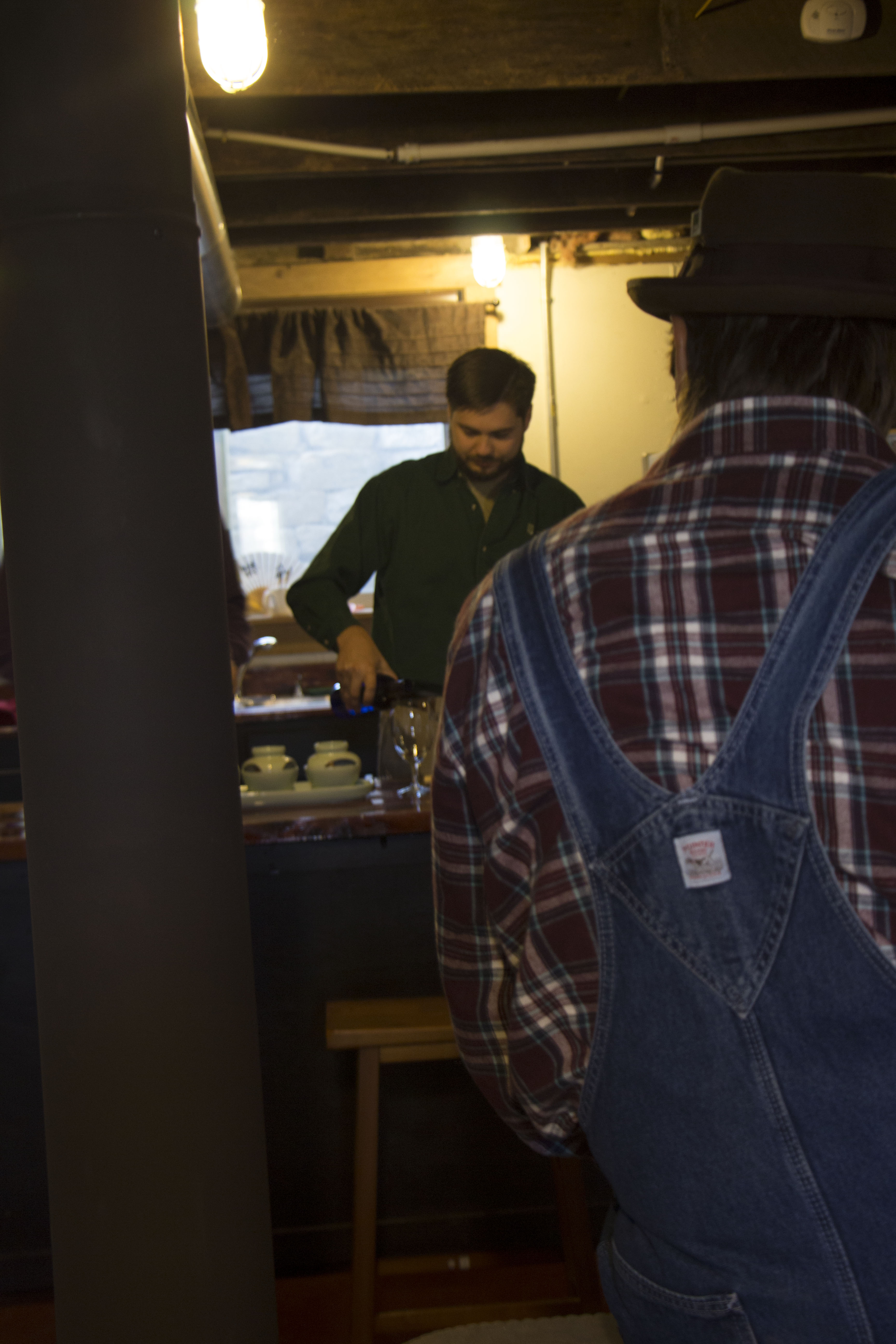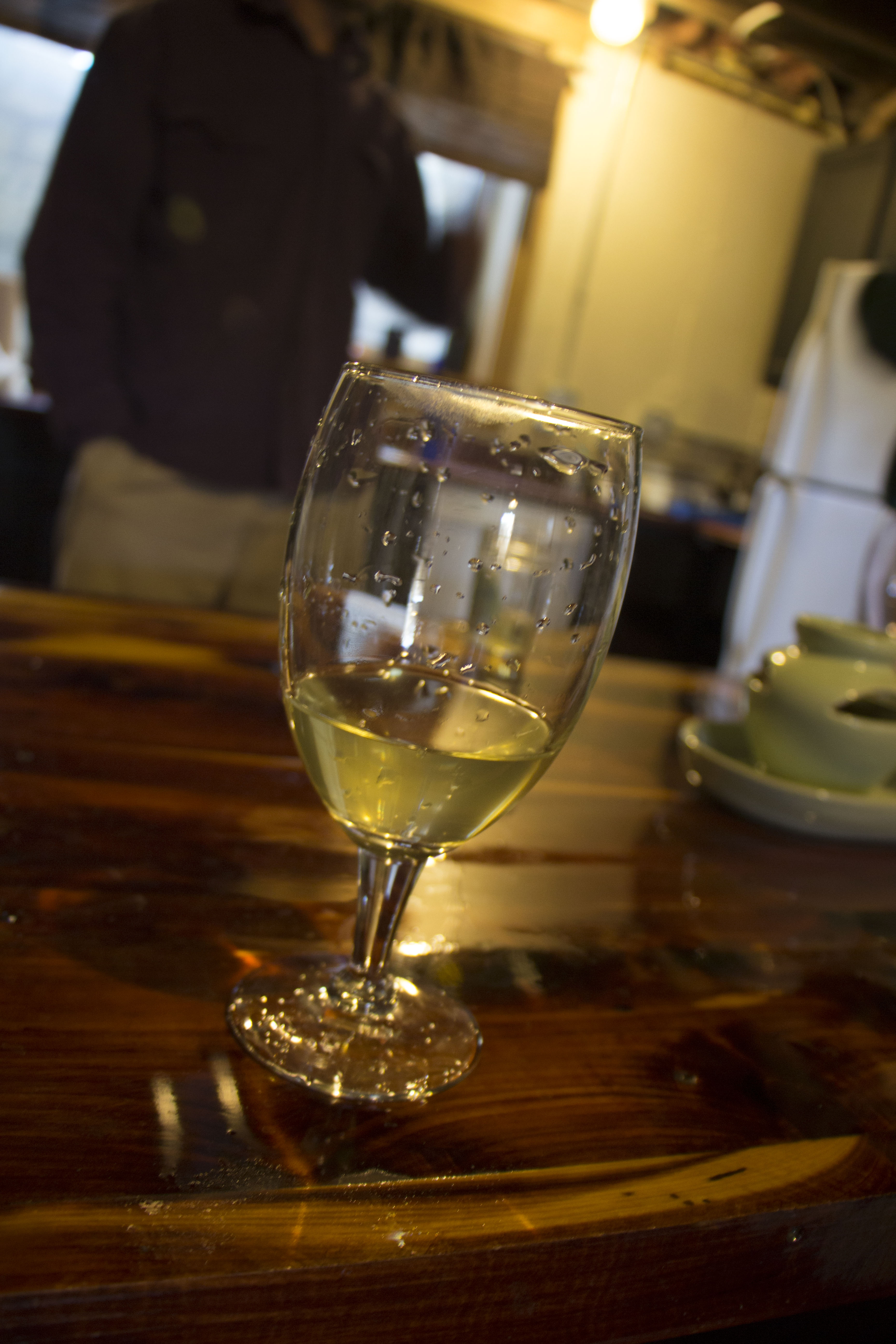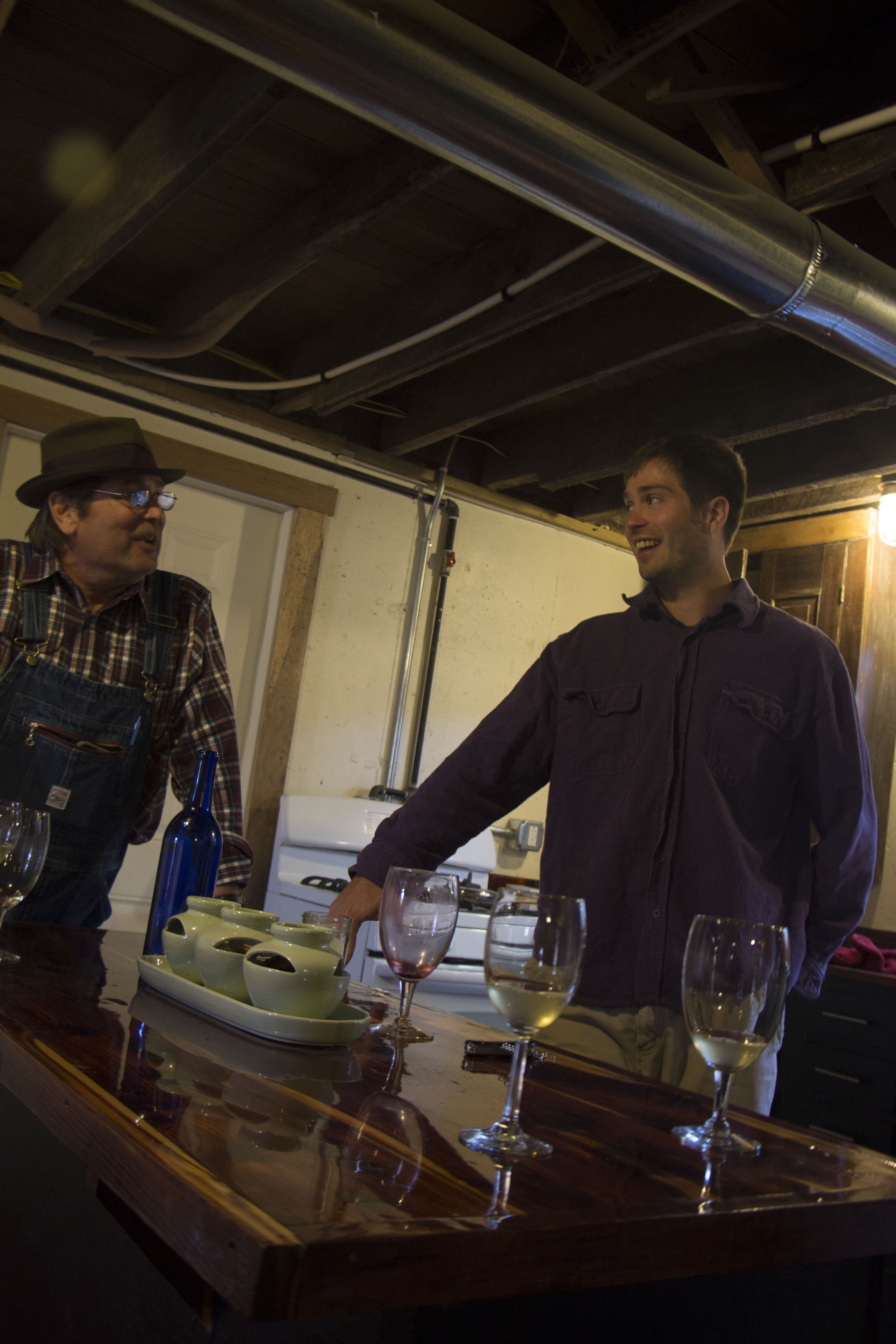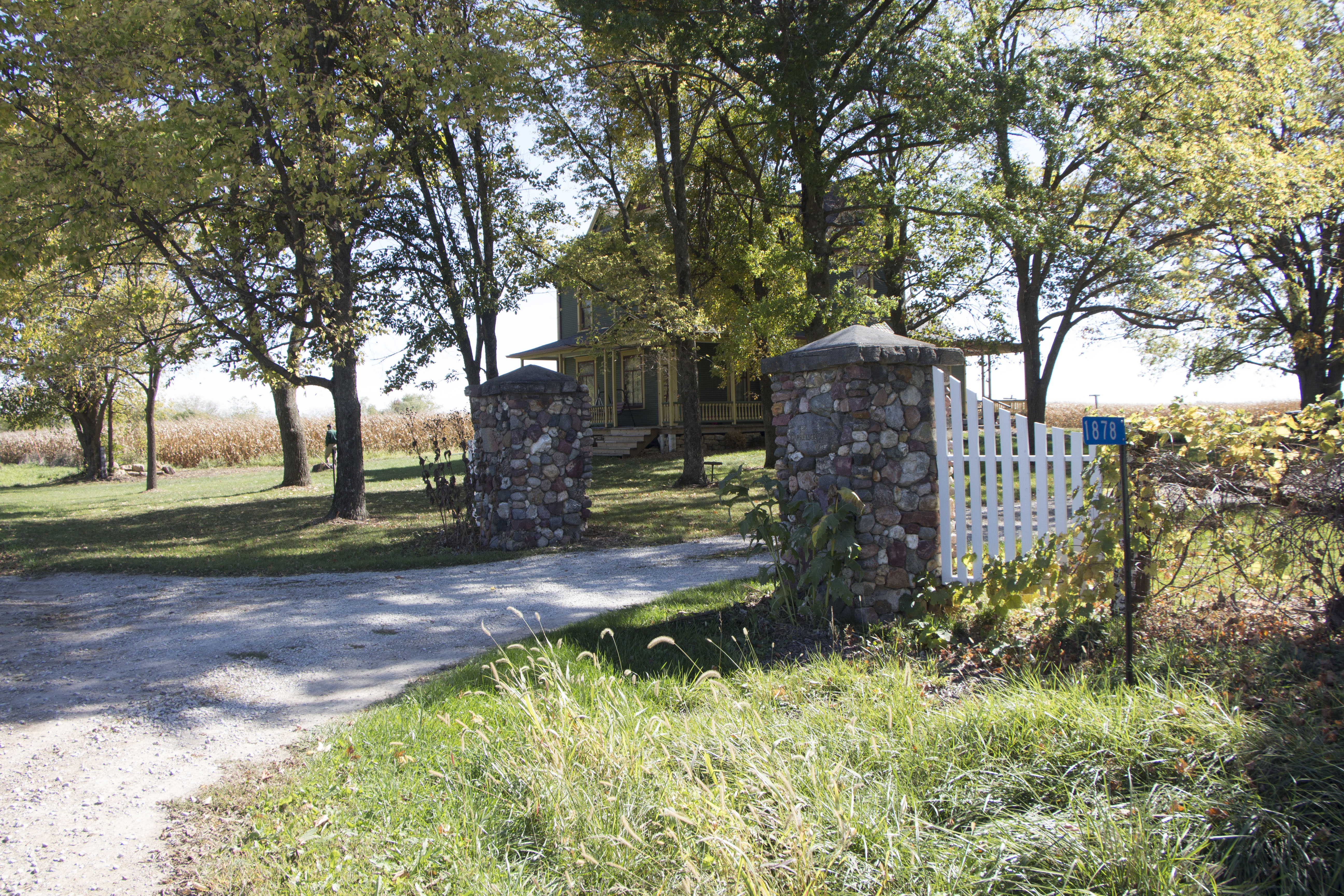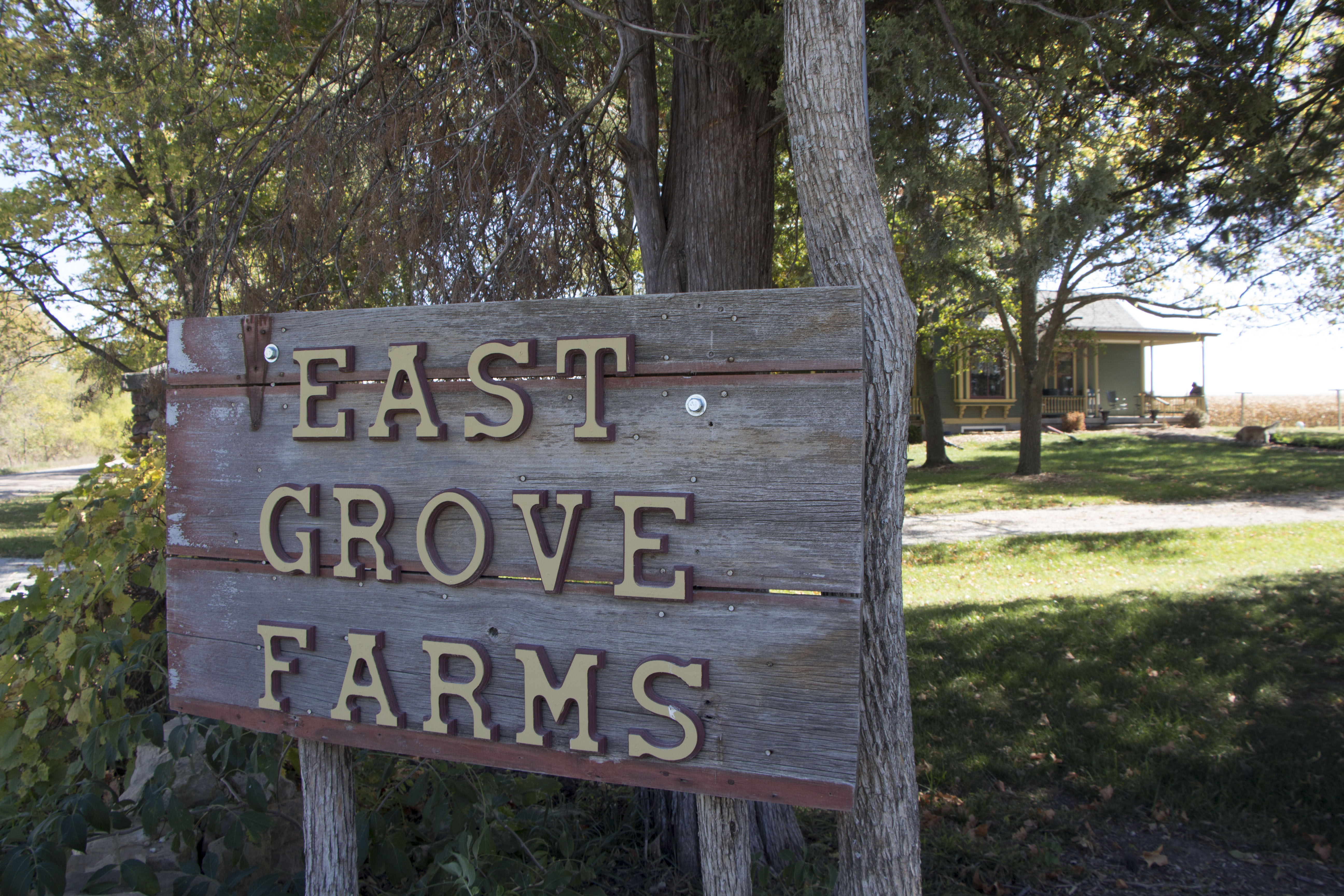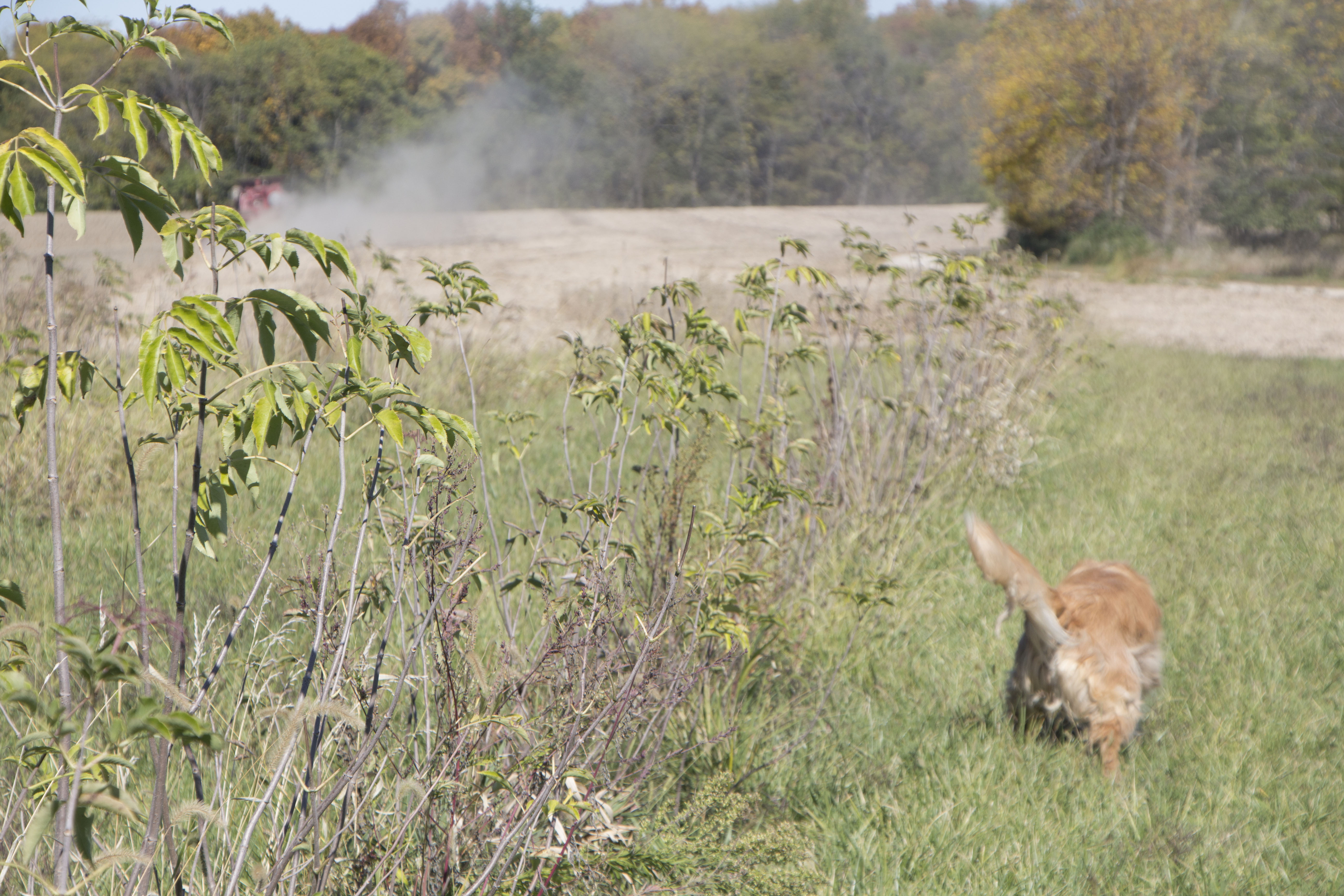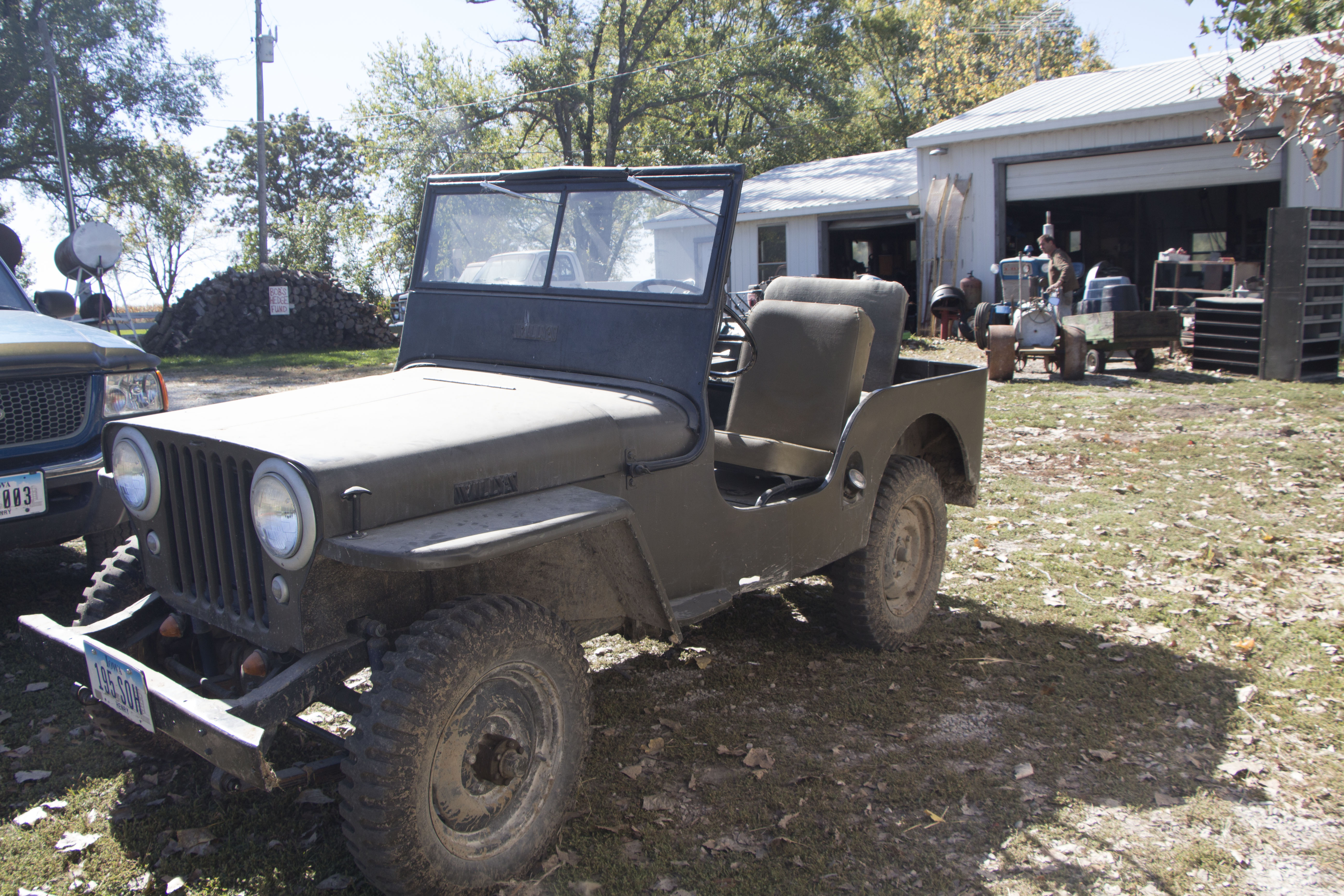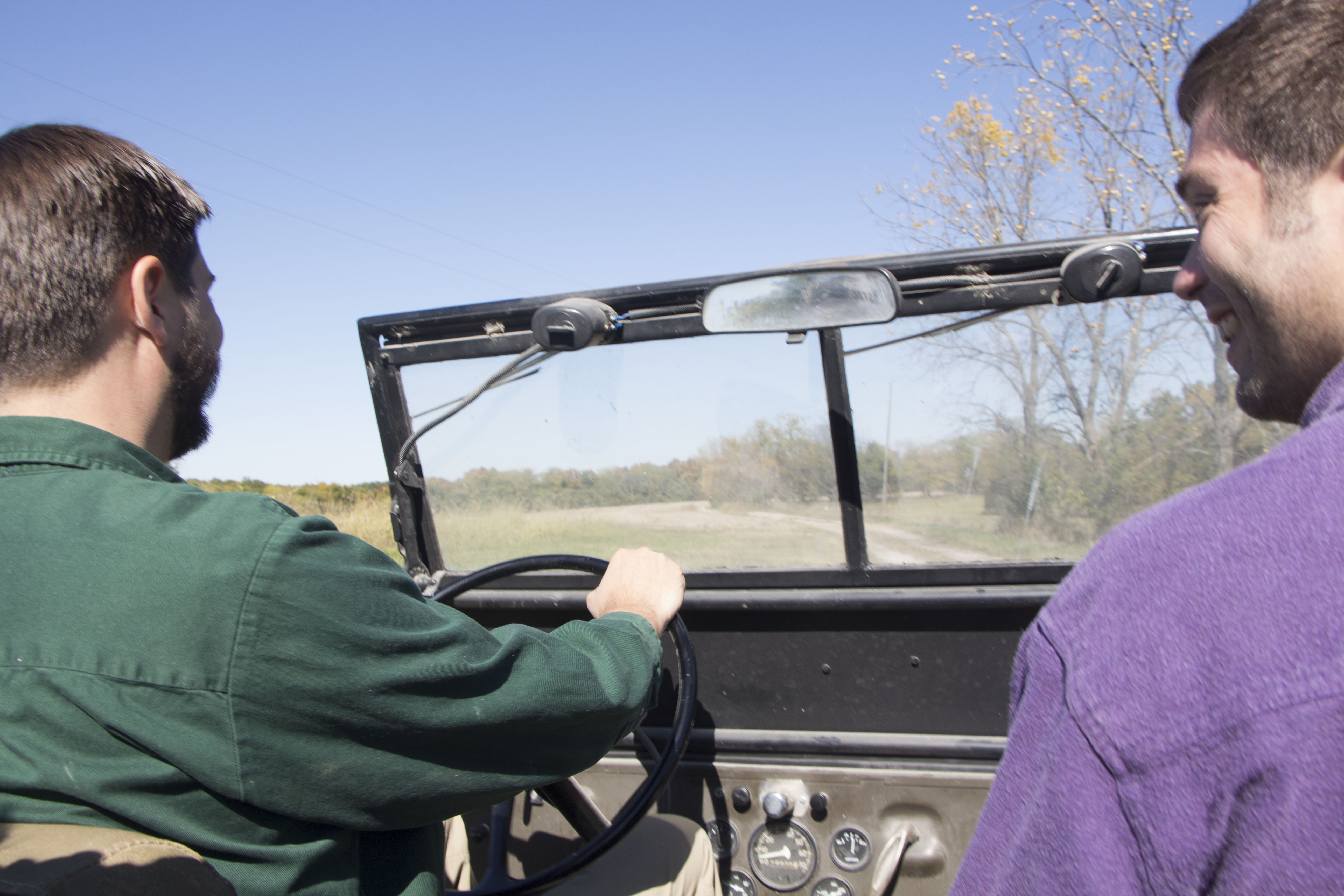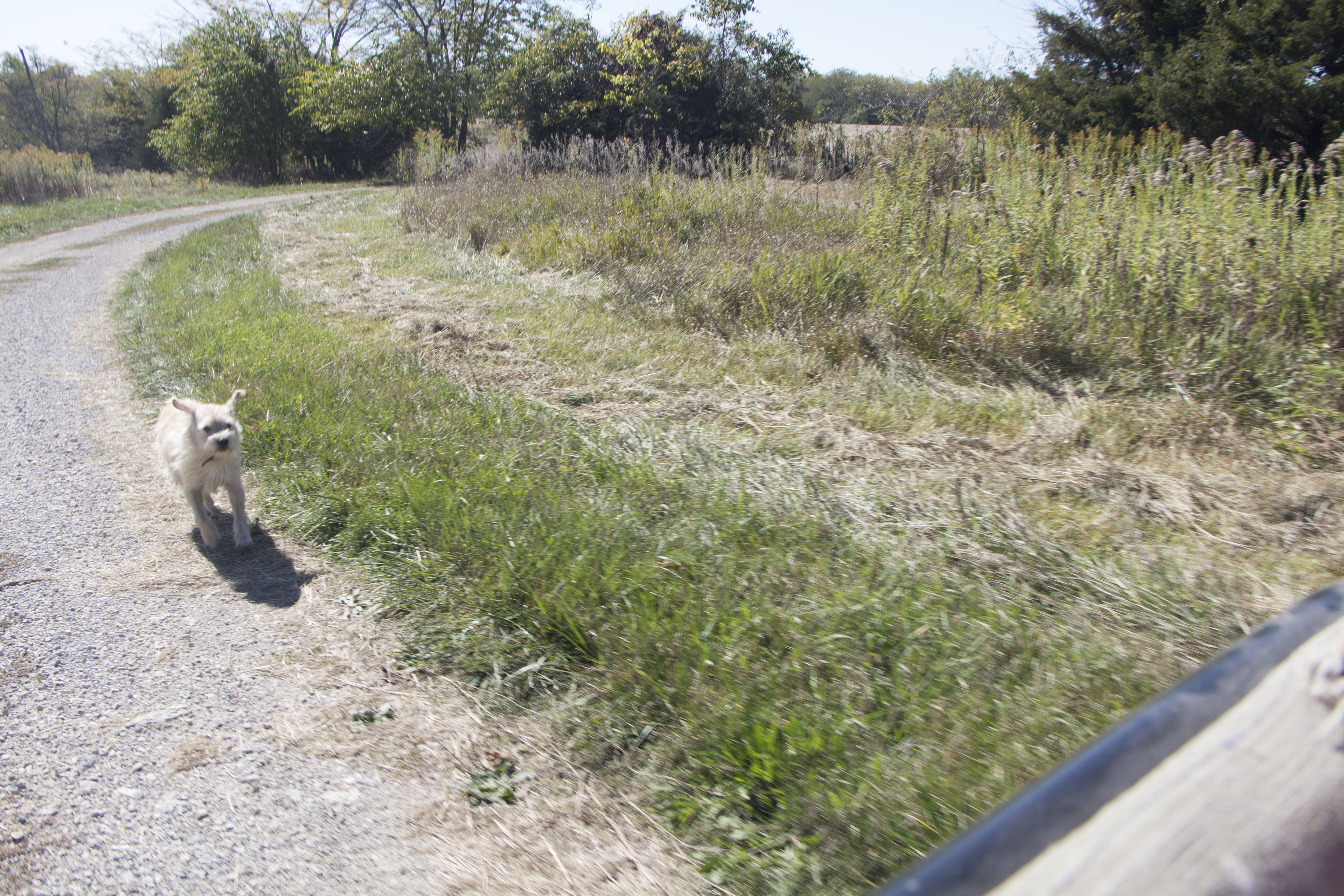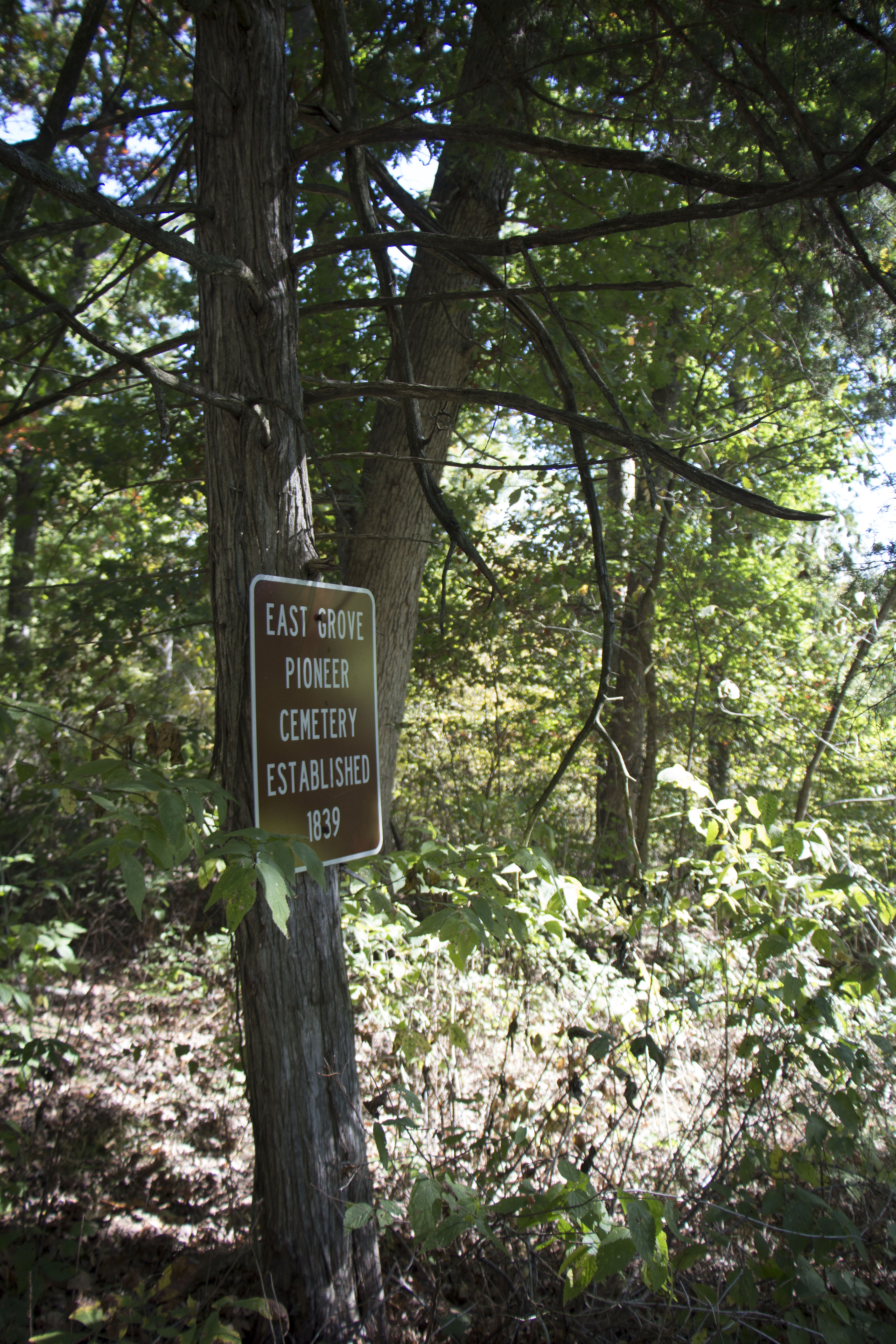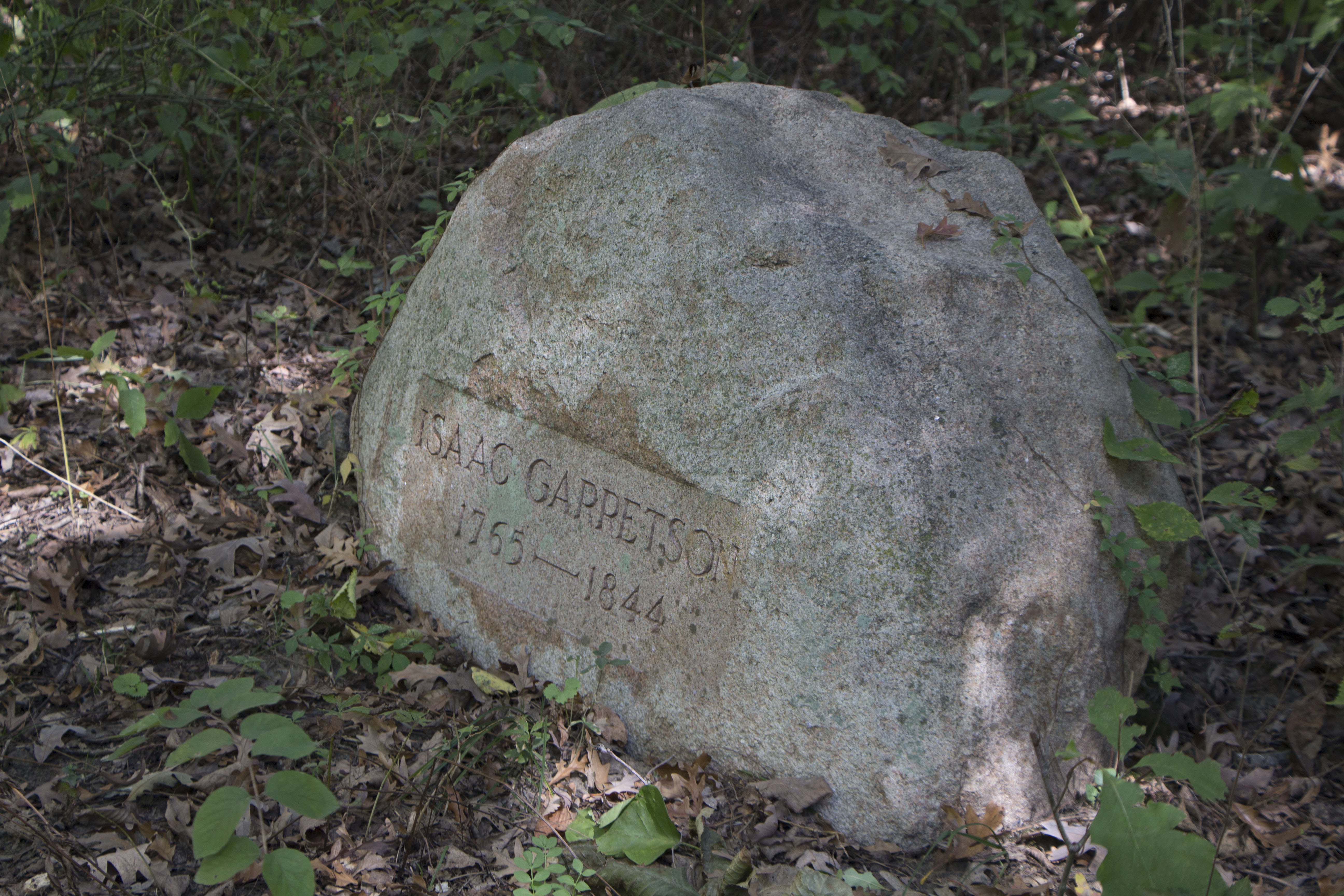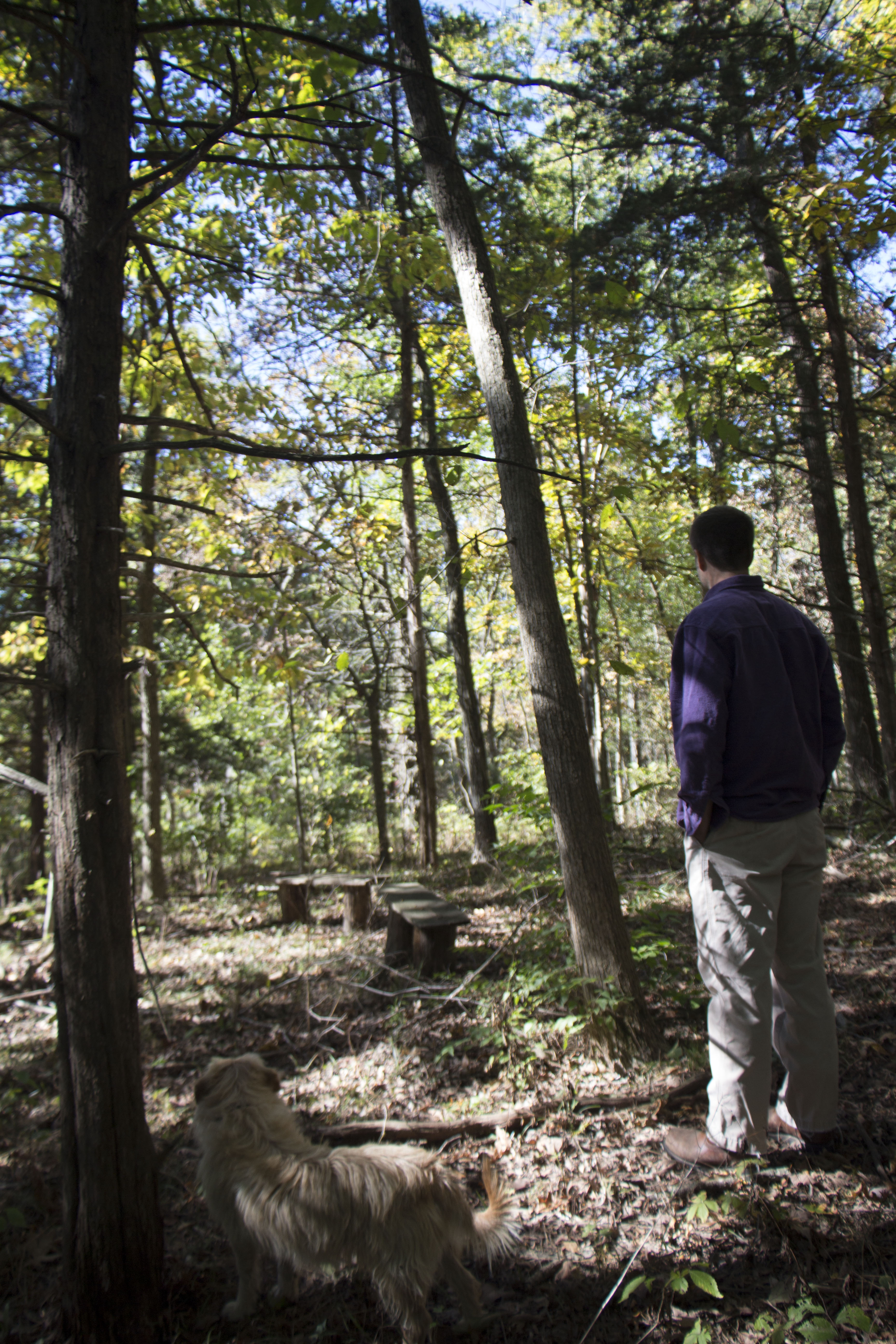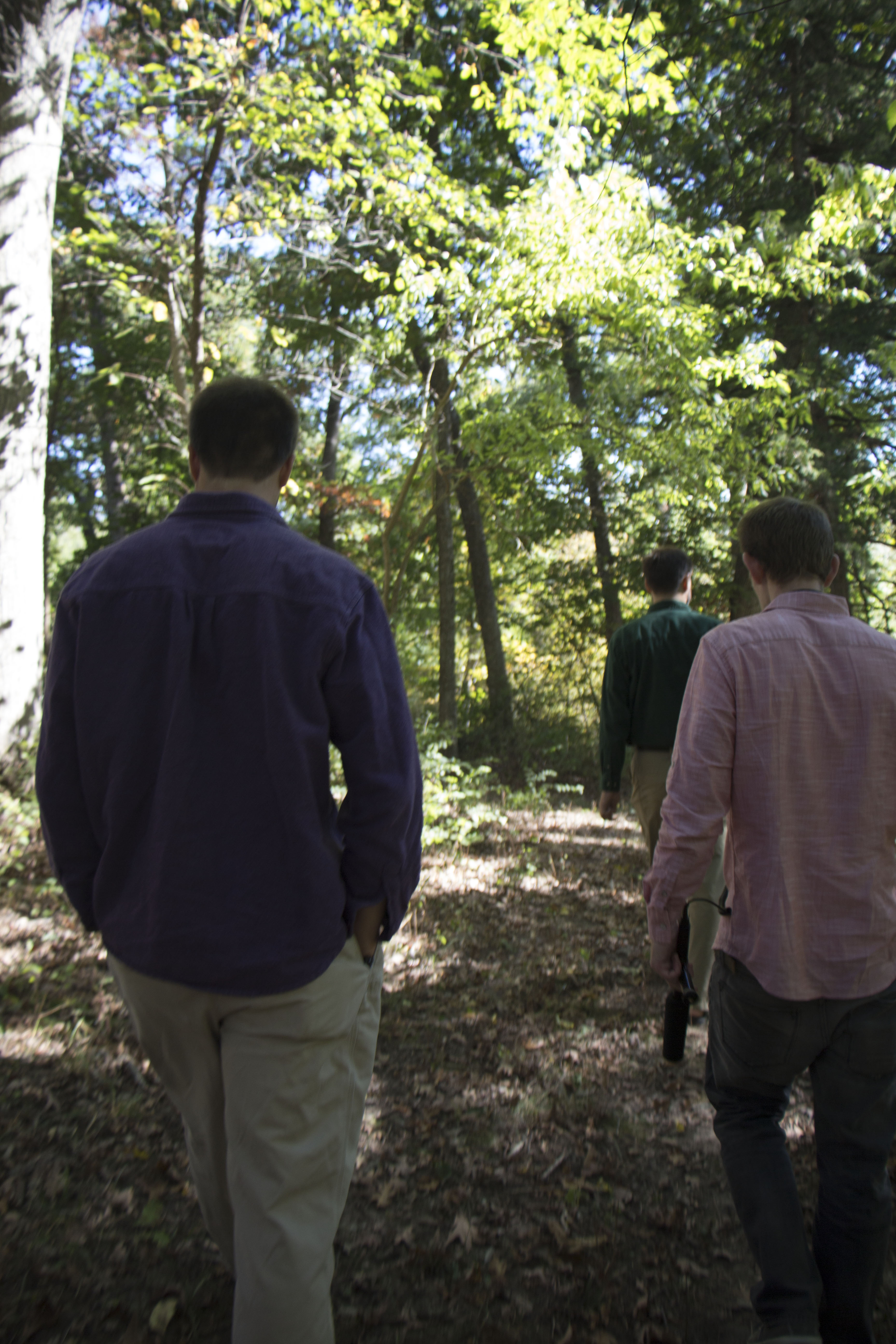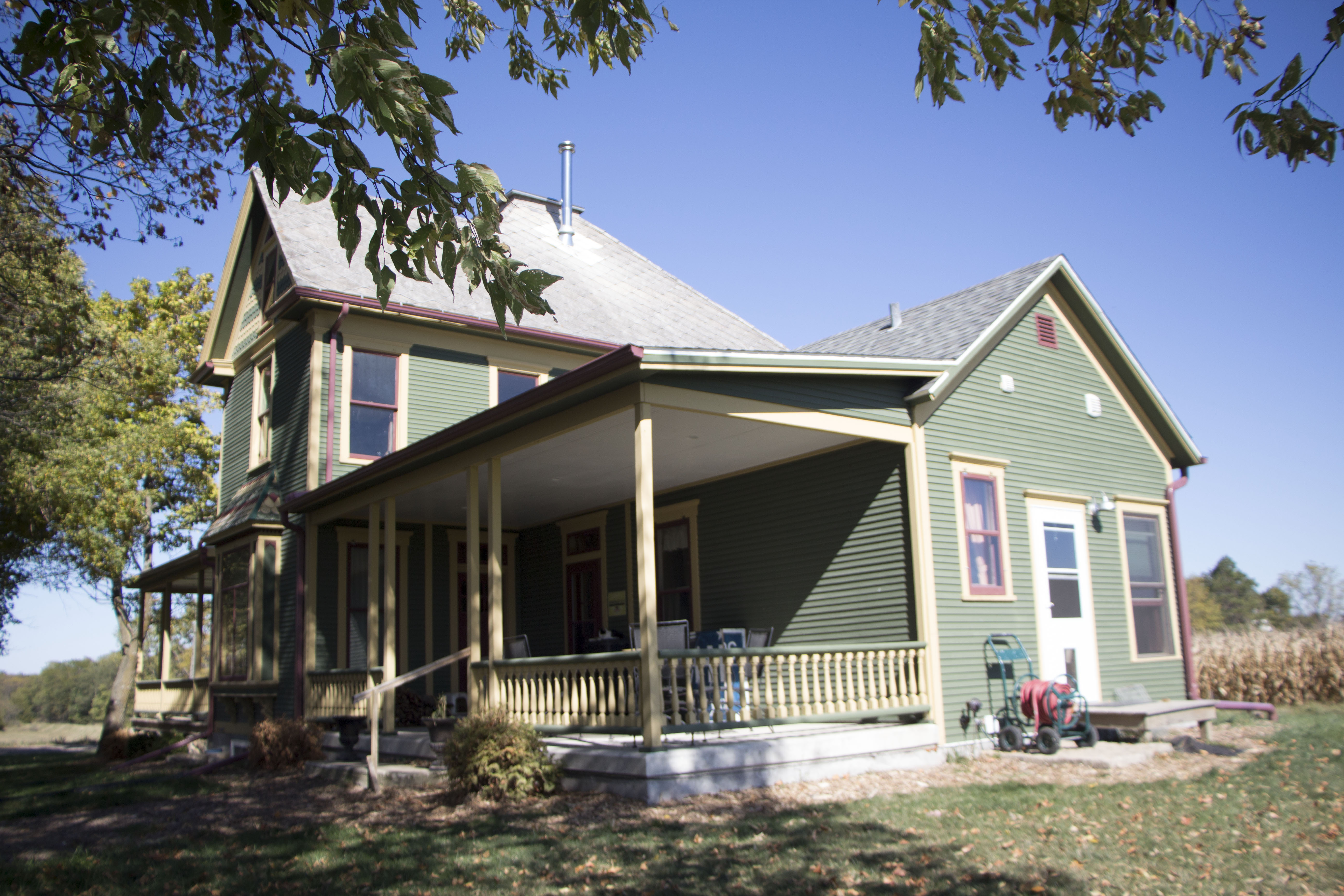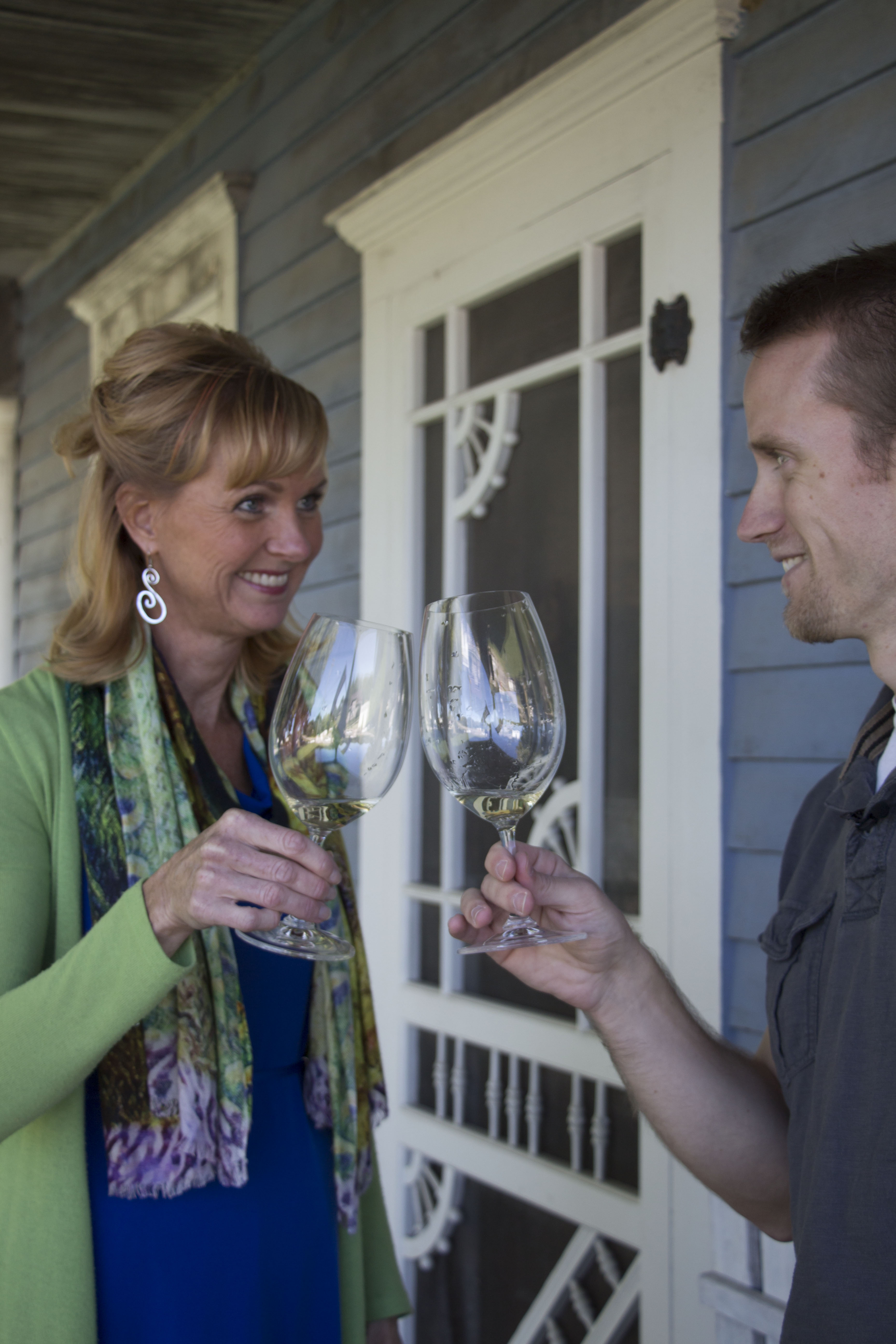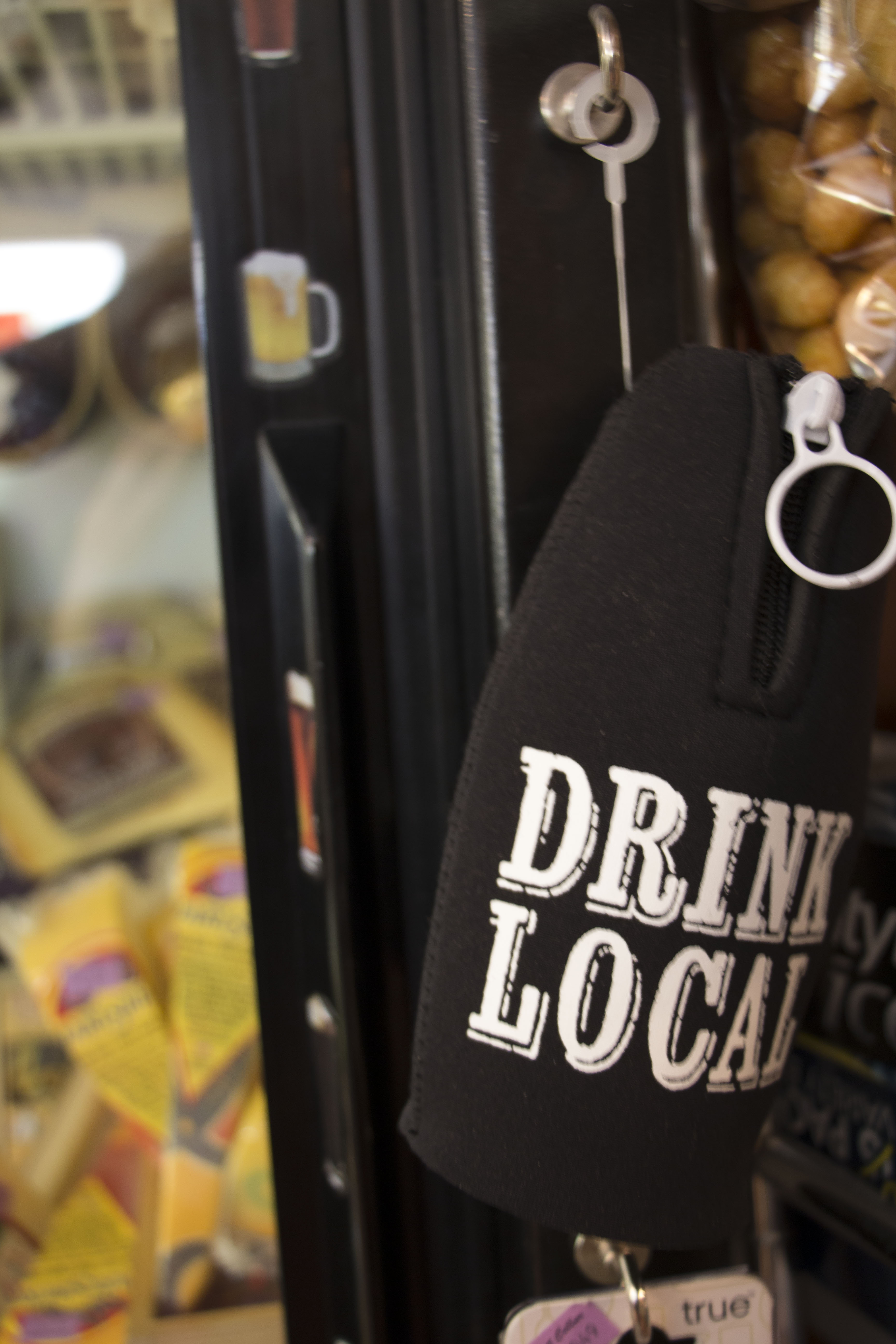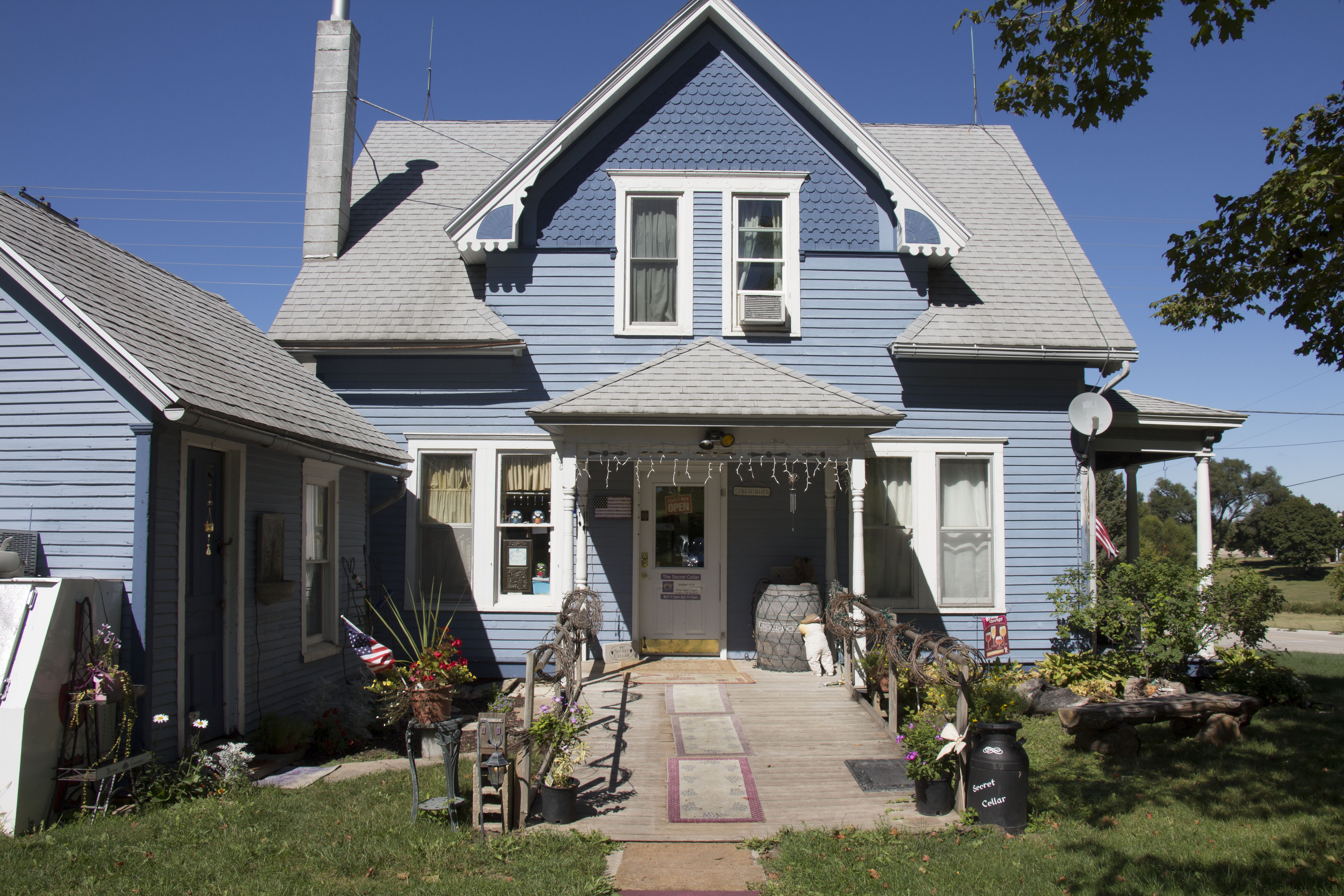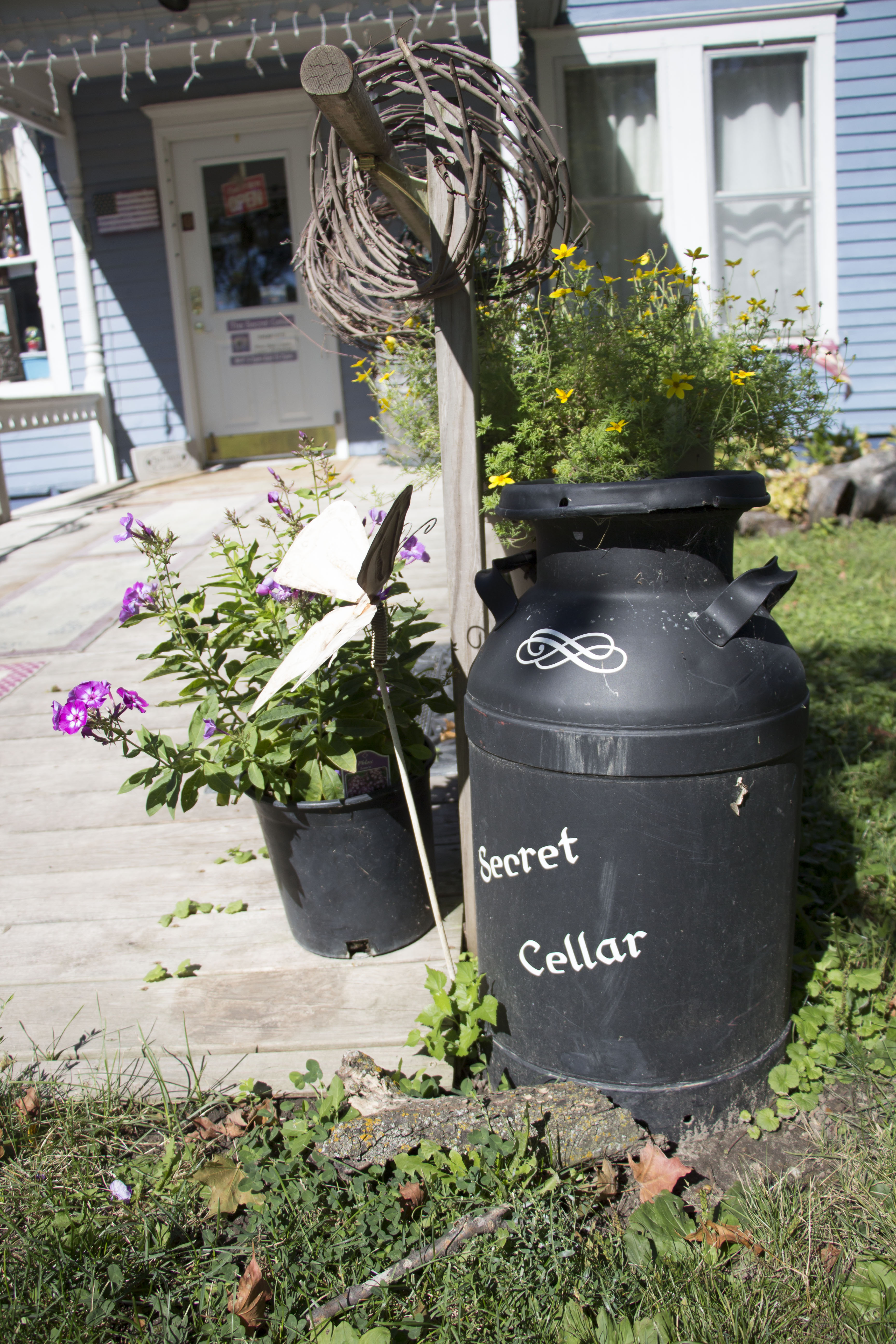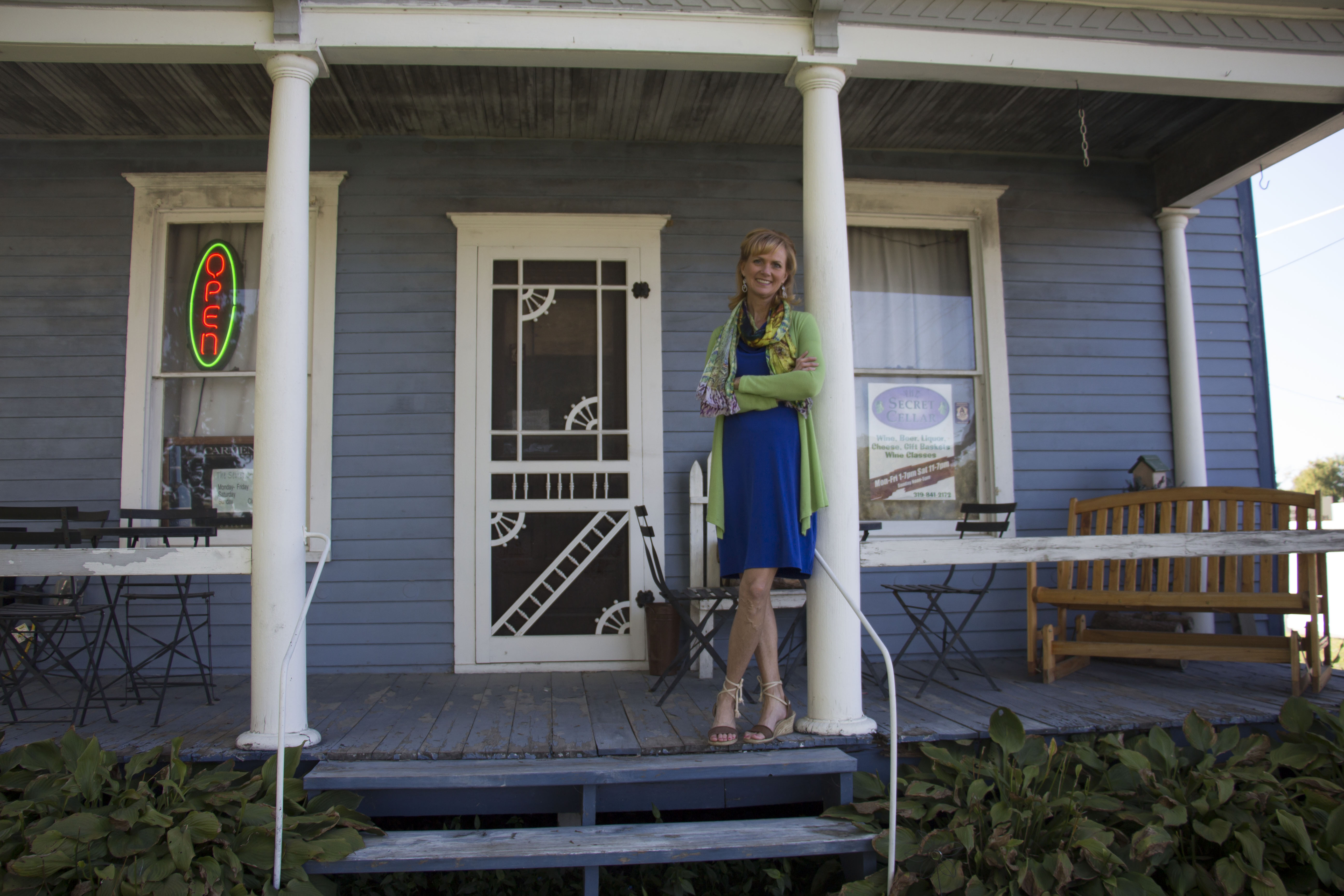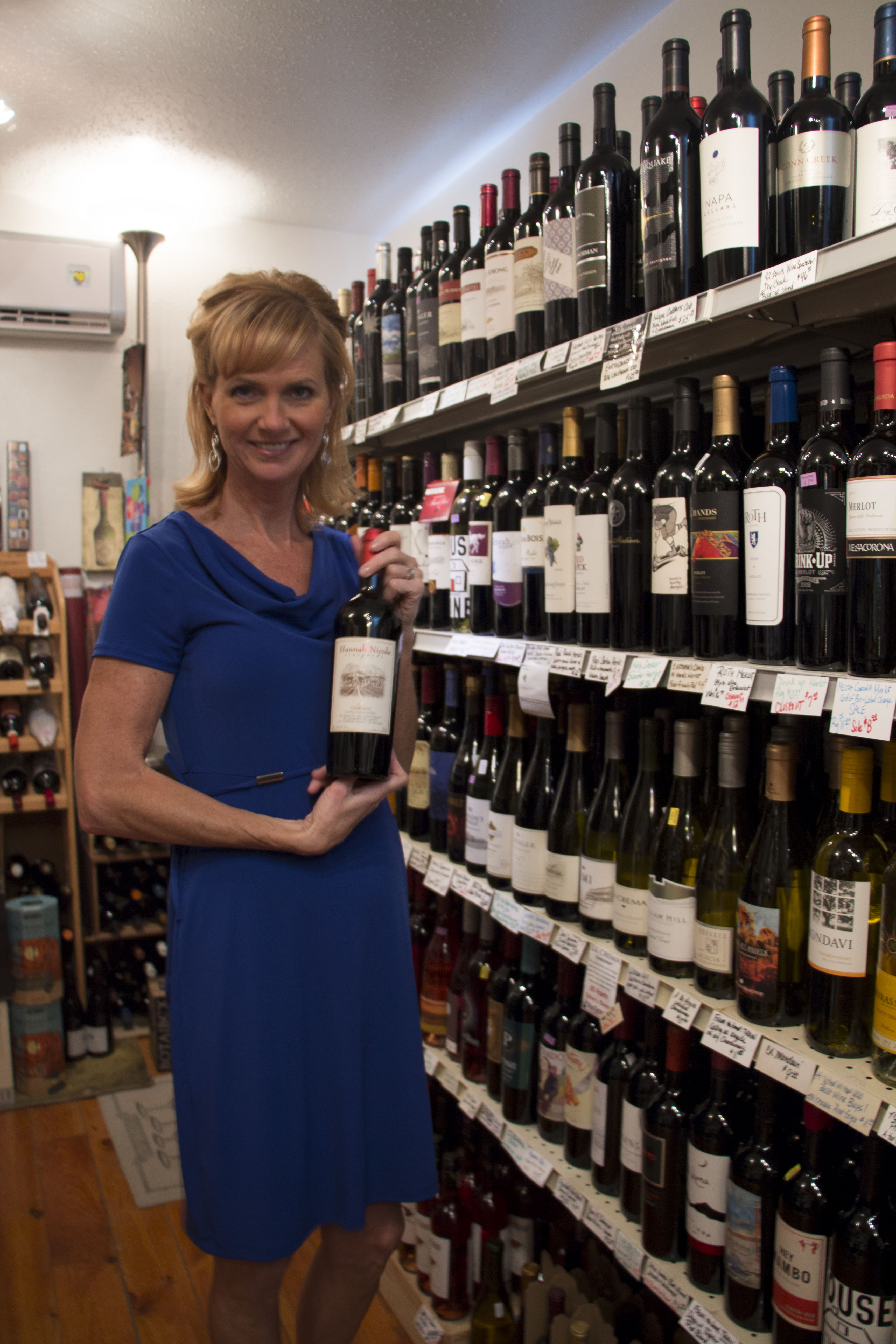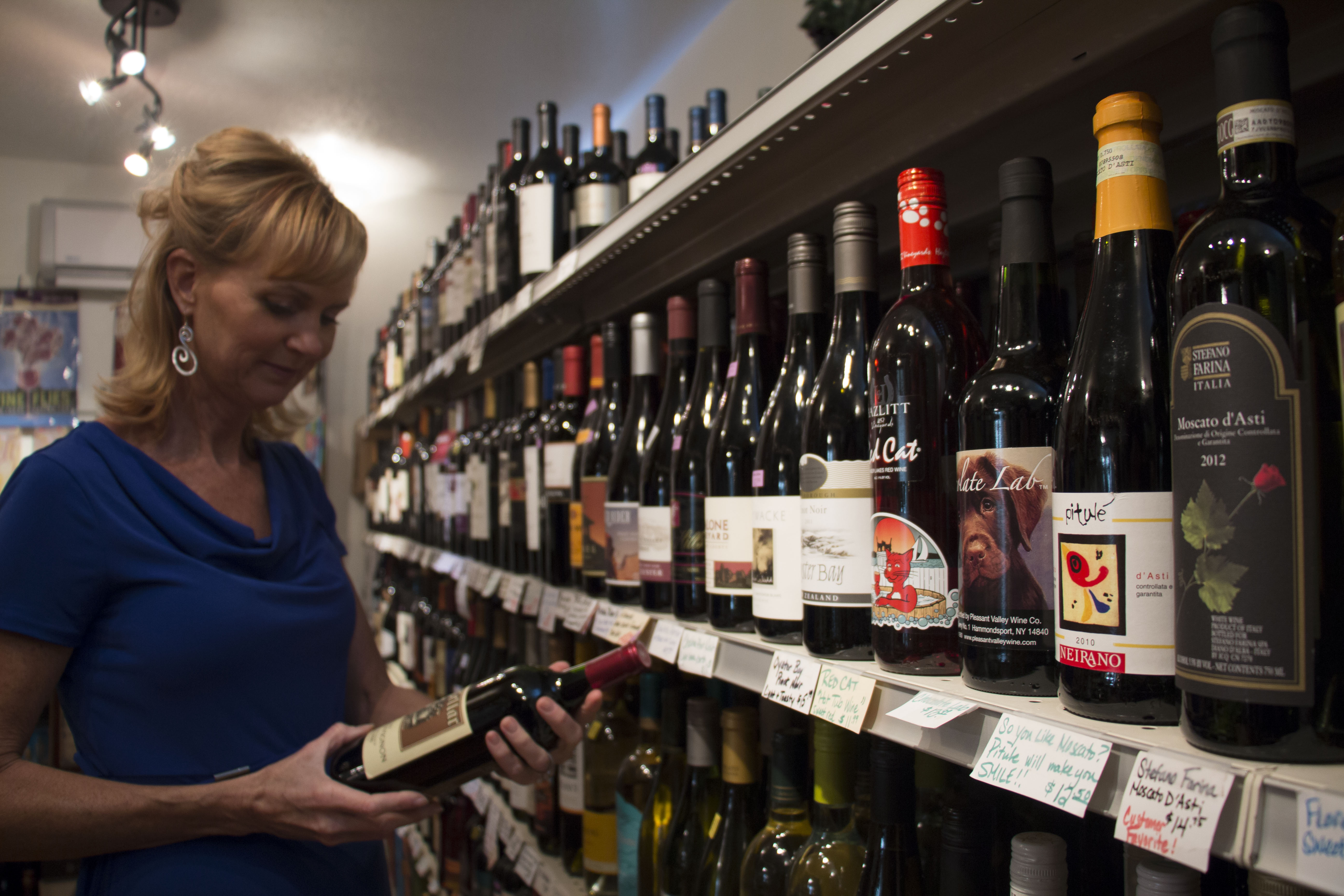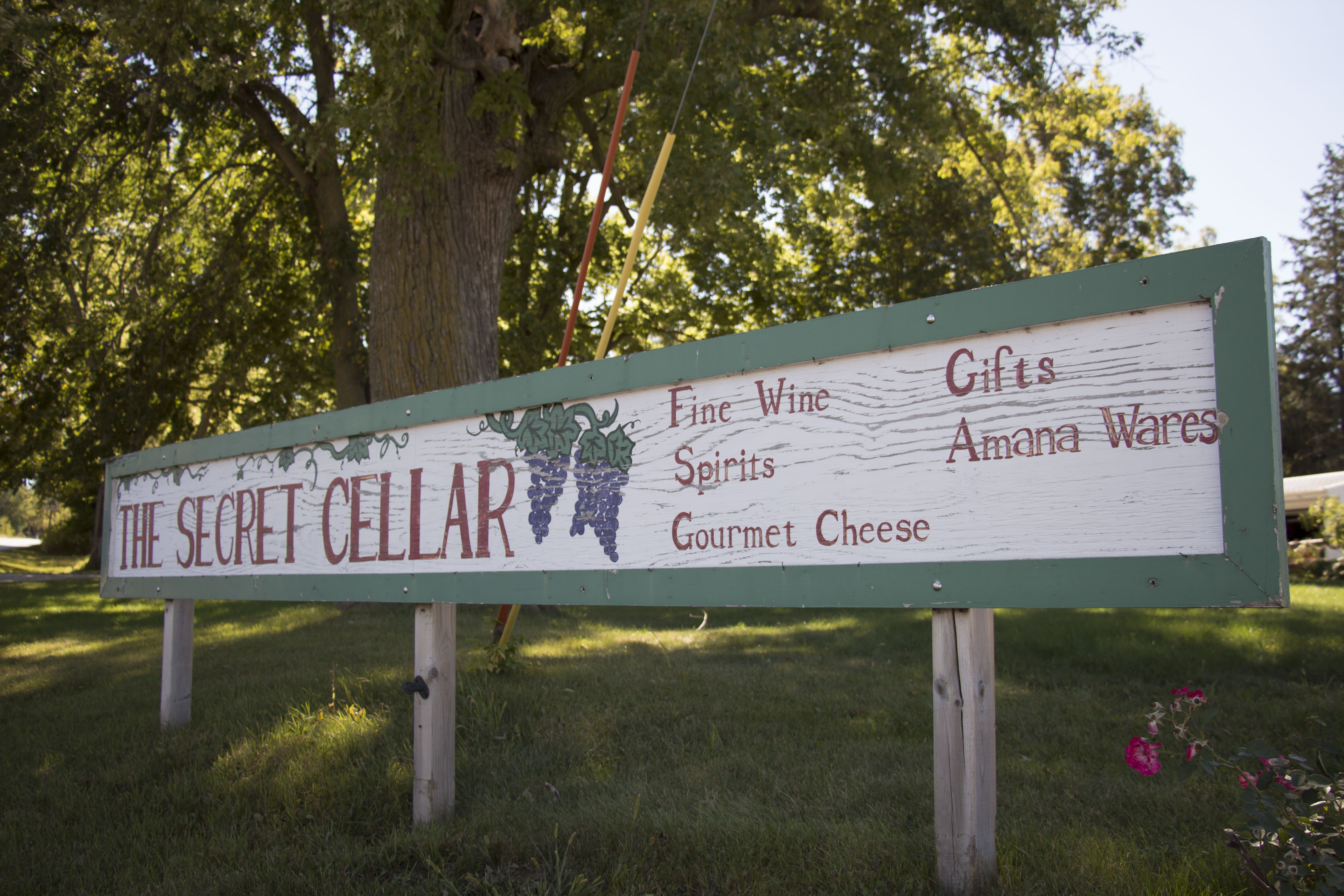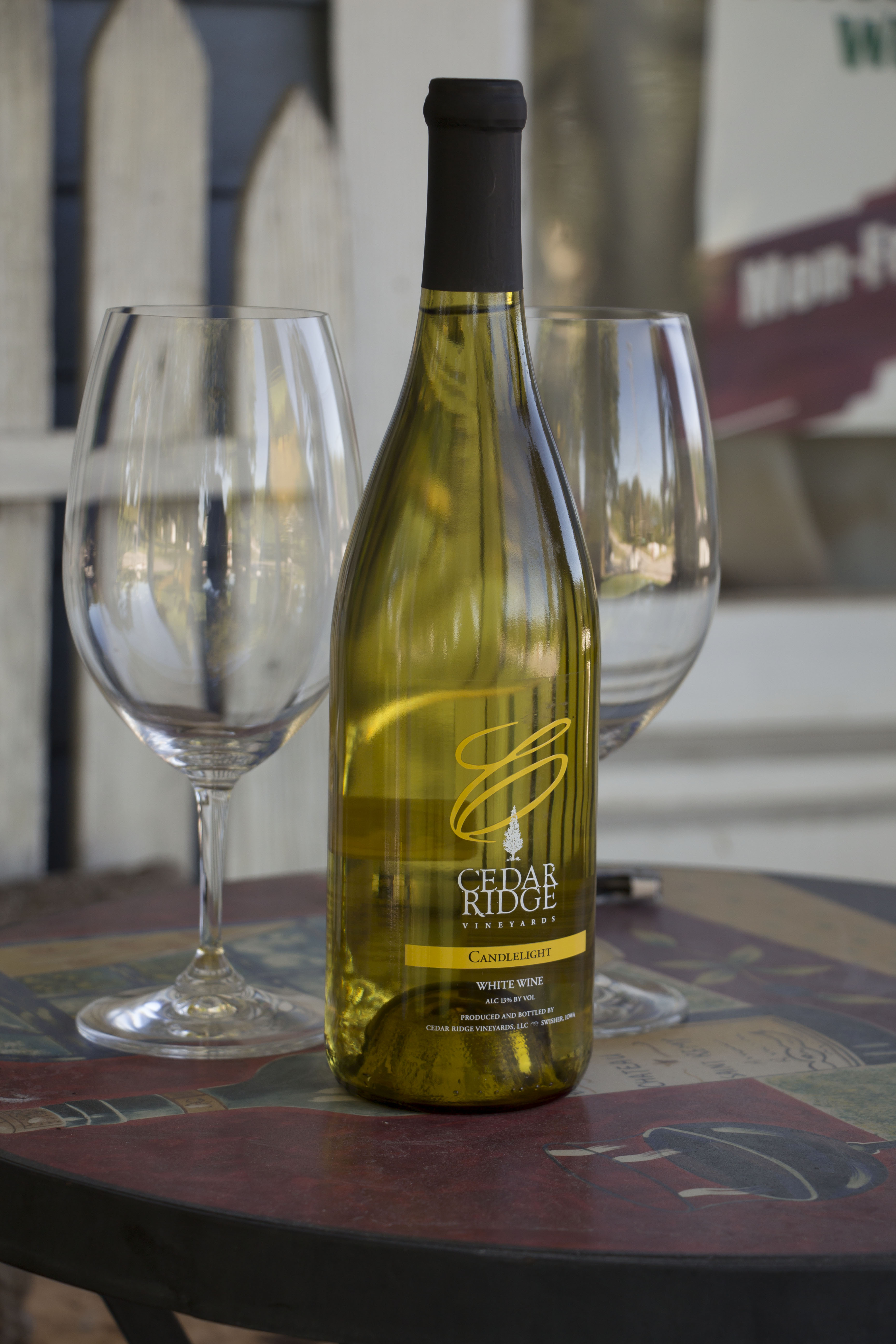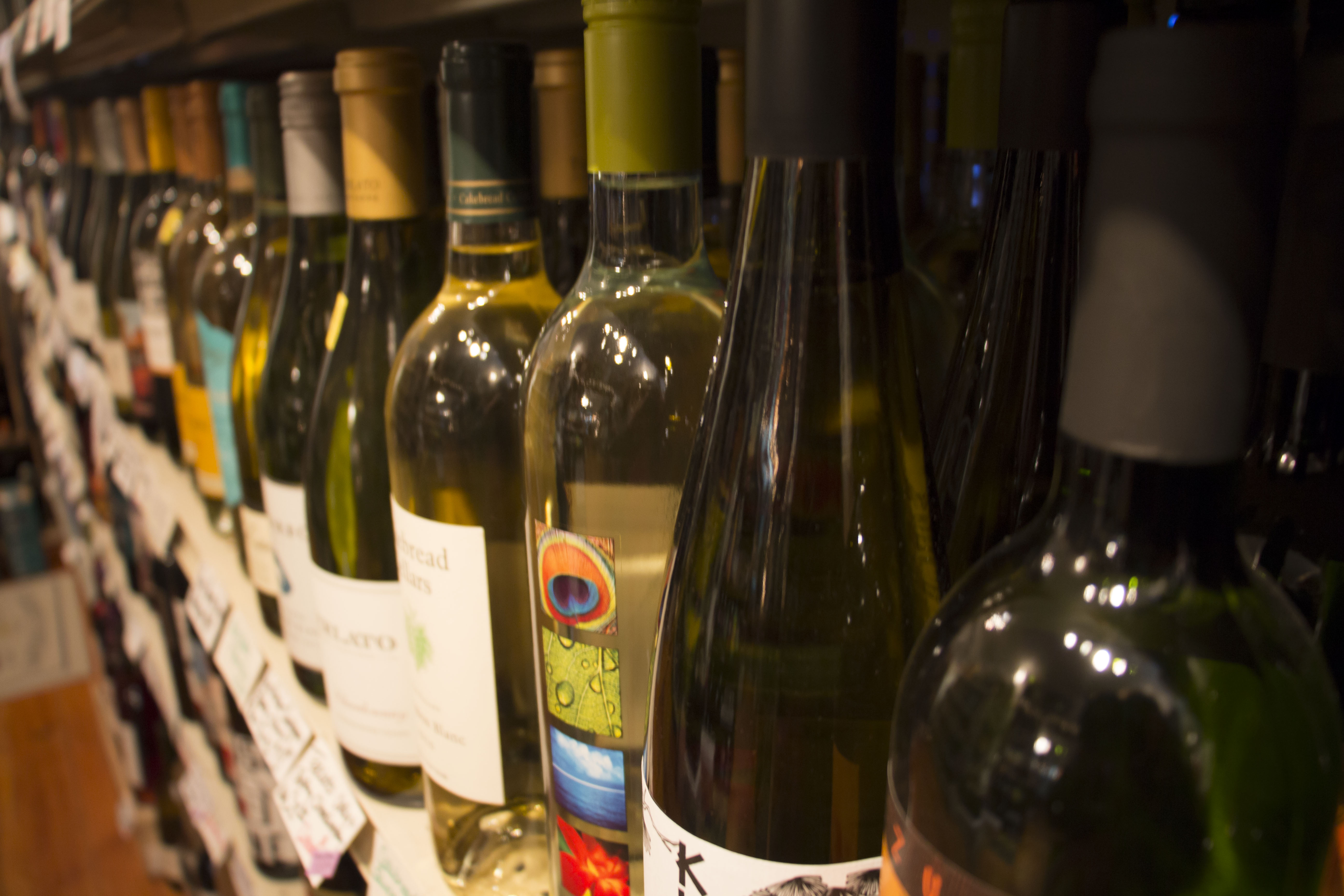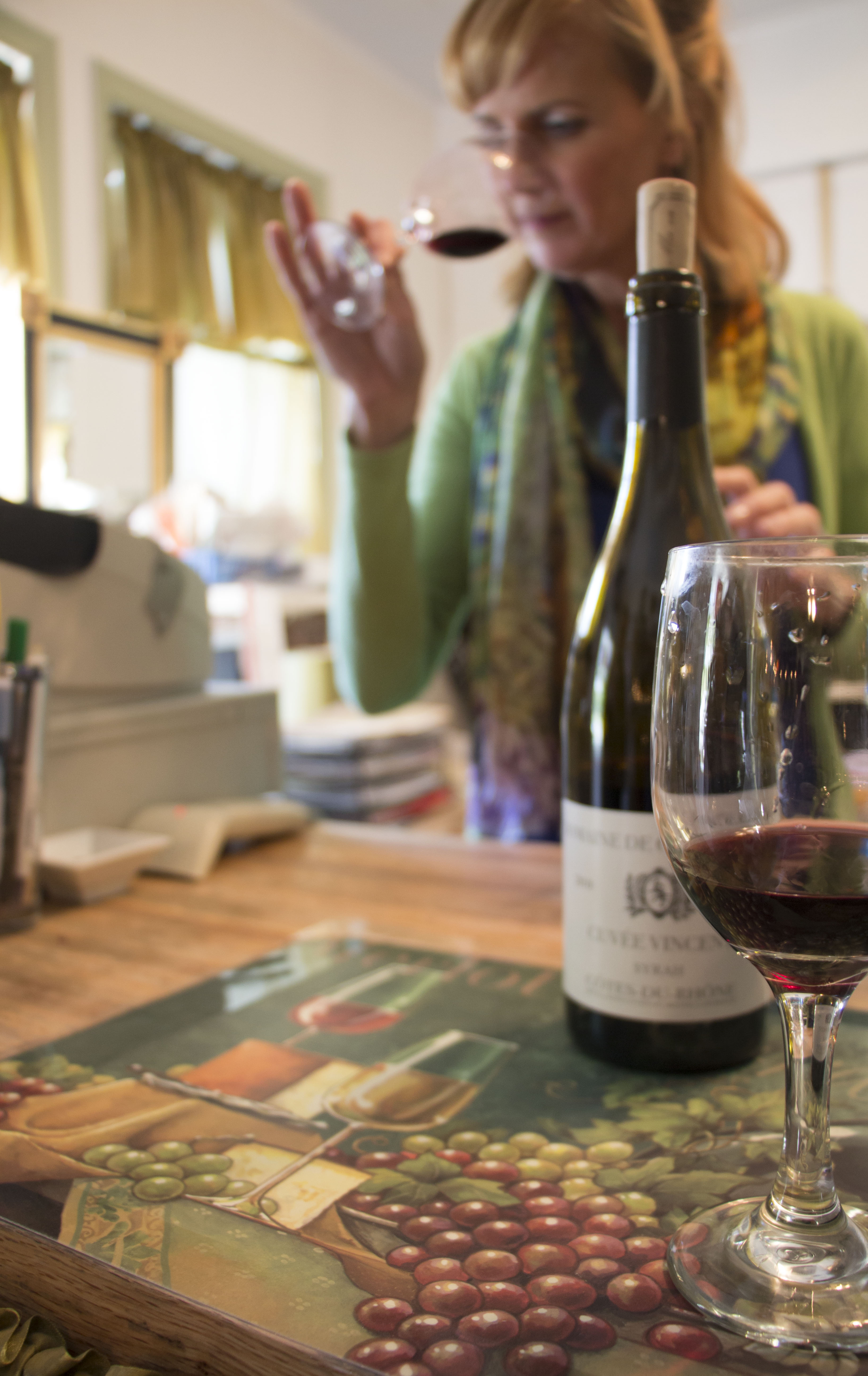Tabor Home Vineyards and Winery has a rich history intertwined with that of the Tabor family. Paul Tabor, winemaker and manager of the vineyard and winery, is the fifth generation of a long line of Tabors making their livelihood off of the farmstead.
“At least in Iowa, we are at a time when most are not living on farms but still have a first-hand connection or experience with farming in Iowa,” Tabor said. “To them it is compelling that we viewed our traditional farmstead as an opportunity for a new agricultural industry in Iowa and that we have diversified the farm to meet the needs of a new generation.”
His interest in winemaking was cultivated from an early age as he watched his father make wine out of everything from lilacs to elderberries to wild plums throughout his childhood and teenage years – an introduction familiar to many amateur winemakers throughout Iowa.
“My dad was a very good amateur winemaker, and as a teenager, it was a very interesting thing to join in with my dad as a father-son hobby,” Tabor said. “I am always amazed at the connections that develop when I tell the story of my dad’s serious interest in home wine making and how that had something to do with the development of my interest in wines. It seems that everyone had an aunt in their family that was the family’s winemaker!”
His father’s amateur interest blossomed into a small winery in the basement of their house, creating wines to enjoy at family meals, and these early experiences with winemaking remained with Tabor into his later years through college and graduate school, where he attained his PhD in microbiology (useful later on for understanding the science behind fermentation).
During his time as a professor at Indiana State University, Tabor took over the commercial vineyard of a friend who was having health issues, and in return received most of that year’s harvest. He brought the grapes back to Iowa and made wine with the Marechal Foch grapes that were being grown in Indiana.
“And everybody was just enthralled with that wine and the quality of the wine,” said Tabor. “It wasn’t like concord anymore or any of the other wines.”
Tabor’s interest was sparked and he used cuttings from the vineyard in Indiana to begin his own vineyard at the Tabor farmstead without much thought of those original cuttings blossoming into a commercial vineyard and winery. As the grapes grew, he began doing market research on what it would be like to have an estate winery raising its own grapes and producing most of its wine from those grapes in Iowa. As he researched, he talked with larger wine producers in other states in the Midwest who provided encouragement.
“They said, Iowans really do support good products that are produced in state,” said Tabor. “They were very enthusiastic about promoting me to get started.”
Between 1983 and 1989, they worked hard to evaluate many varieties of grapes and styles of winemaking to help determine what would produce distinctive distinguished wines for Iowa. This hard work and research helped to contribute to the eventual success of the Tabor Home Vineyards and Winery.
“As results of our work, we have made dozens of gold medal winning and Best-of-Class wines from our vineyards,” Tabor said. “It has been very gratifying to see our efforts in viticulture and winemaking be so successful and begin the re-birth of this wine industry in Iowa.”
In 1995, Tabor managed to obtain a forgivable loan sponsored by the state of Iowa for value-added producers not using commodities and retailing a processed product from a facility in Iowa. This helped get the vineyard and winery off the ground, and become an actual business.
“When we were bonded in 1996, this became my full time job and I haven’t really looked back since,” Tabor said.
A major difficulty Tabor found as he began his new venture was helping wine drinkers to move beyond traditional cabernets or chardonnays and try wines distinctively unique to the Iowa region.
“Having known or experienced very sweet fruit and grape wines from Iowa wineries for a very long time, wine drinkers were skeptical that quality fine wines could be produced in Iowa,” Tabor said. “It has been and continues as an educational effort to get wine drinkers turned around to a positive impression of quality Iowa wines.”
Something he found especially helpful as he started out in the wine business was attending conferences on grape-growing and wine making in the Midwest, traveling all over from Missouri to Minnesota.
“You don’t have to go to too many of those to realize you have to keep going because there’s an awful lot to learn in this business,” Tabor said.
Despite the immense amount of information to consume, Tabor said the vineyard and winery community is a very open one, with a desire to help their fellow grape-growers and winemakers.
“I think winemakers as a professional group are very interested in sharing information,” said Tabor. “You find when you’re talking to the winemakers that they’re very open and willing to discuss what they do, knowing that they’re going to get you’re feedback about what you do at your winery.”
Tabor said often it is not a large change or suggestion but rather a matter of tweaking an element or changing the timing of what you’re doing that elevate wine to another level. A level Tabor Home Vineyard and Winery strives for every day.
“All those things are very valuable,” Tabor said. “Those small little things you can learn about the winemaking take the wine from a good or better quality to the best quality.”
As they work every day to produce the best quality wine possible, Tabor Home Vineyards and Winery still looks forward to the future as both a leader in winemaking and grape growing and a source of income for future Tabors.
“I hope Tabor Home Winery is recognized and looked to as the innovator in developing wine styles for the upper Midwest region,” Tabor said. “It is our goal that Tabor Home Winery is successful in providing a good livelihood for another generation on our family farm and that the venture can be an opportunity for creativity.”
